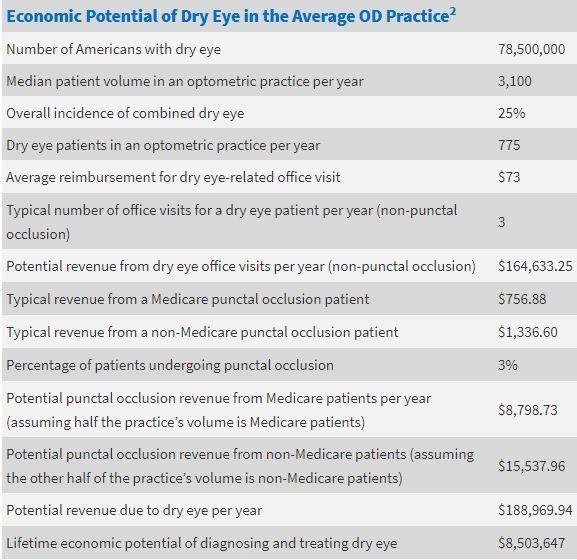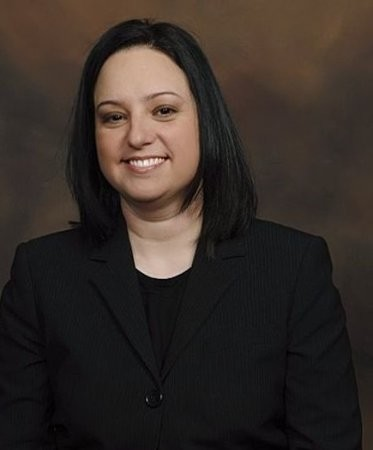Dry eye syndrome can have a significant impact on contact lens comfort and success. Actively managing dry eye syndrome for your patients not only has the potential to create happier contact lens wearers, it also has the potential to boost your business’s bottom line while allowing you to distinguish yourself as an expert and a problem solver for your patients. Review of Optometry once estimated the total value of active dry eye diagnosis and management over the lifetime of practice to be over $8 million.

We took a moment to talk with Maria Sampalis, OD of Sampalis Eye Care in Cranston, Rhode Island about her own best practices for maintaining profitability while managing dry eye disease.
Q: Can dry eye management be profitable for a practice?
A: Dry eye is the hidden revenue in your optometry practice. Ocular surface disease should be "owned" by optometrists. It only really requires a good case history and chief complaint. It does not require a lot of high priced technology to get started in your clinic.
Q: What are some best practices for sustaining profitability when managing dry eyes?
A: Start with a good case history to identify dry eye complaints and then schedule follow up visits to track progress. Take the time to measure it, even in simple ways like tear breakup time (TBUT). Also, understand which CPT codes are covered and if collagen plugs are paid by the insurance company.
Q: Can dry eye management actually be a practice builder?
A: With computer vision syndrome and digital eye strain so prevalent today, it is a great practice builder. Many contact lens wearers experience dry eye symptoms too. Don’t ignore it. Addressing dry eye symptoms creates patient retention and loyalty for your practice. To grow your business, practicing the medical model is important for growth.
Q: How do you approach dry eye management in your own practice?
A: We start by knowing the insurances. We do data mining in our EMR system. I educate my staff, including the front desk, about the signs and symptoms of dry eye. Discussion is very important. I discuss it in a way that the patient can understand it. I talk about the different layers of the tear film and why they are experiencing their symptoms. I let them know it will continue but that we can manage it. Many times, it is associated with aging changes or medication side effects, so we talk about those too.
Q: Can dry eye patients be successful with contact lens wear?
A: Of course! Address it first for a successful fit! Don't just tell patient to get something over the counter and then forget about it. Explain why you prescribed the artificial tear of choice; make it a medical recommendation. You don't want patients to think of your professional services as a commodity.
Q: Do you have any other pearls for profitability in managing dry eye patients?
A: Patient education is critical! Optometry offices need to have visuals and handouts to explain the condition to patients. Don't forget to promote your services via emails from your office and on social media, such as your Facebook page.

Dr. Maria Sampalis graduated from New England College of Optometry in 2007. She is the owner of Sampalis Eye Care in Cranston, RI. She was 2017’s Young OD of the Year in Rhode Island. She is the founder and administrator of the Corporate Optometry community on Facebook. In addition, she developed the job website, corporateoptometrycareers.com and the practice management website, corporateoptometry.com. She is the proud mother of 2 little girls, Melina and Sophia.





